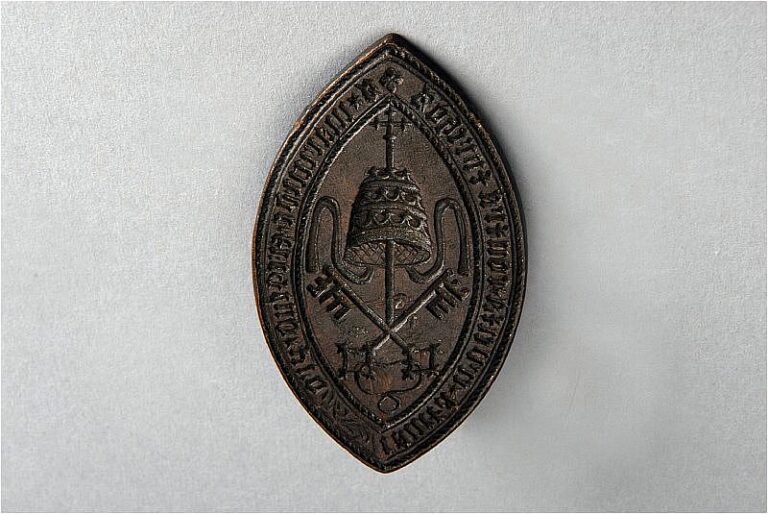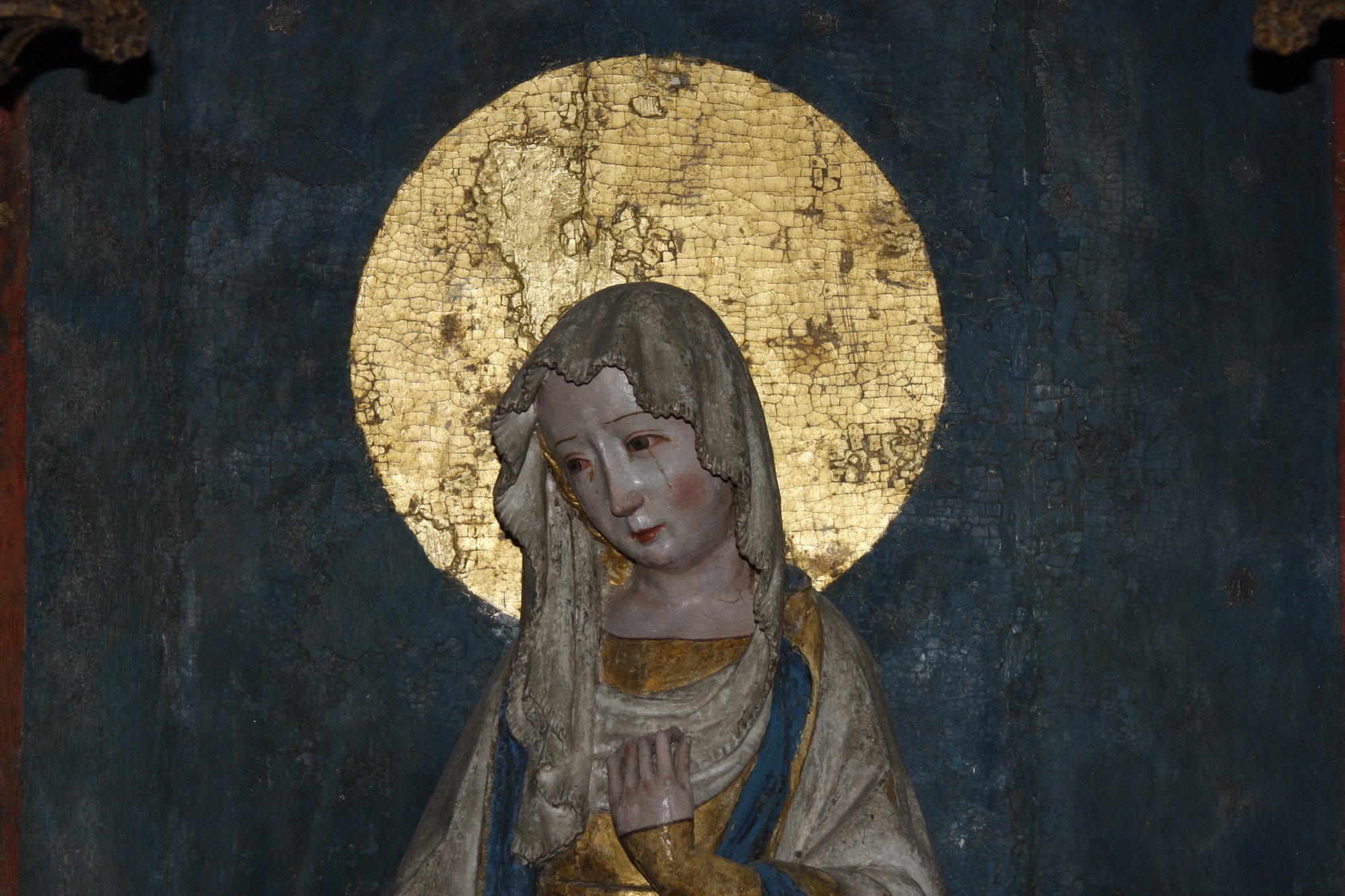The nuns in the convents did not live their lives as isolated as it is often portrayed. While they had an economical and moral support from the parent monastery – as for Askeby, by the abbot in Alvastra – the aid from worldly grandees and from the bishop of Linköping was of greater importance to the Askeby nuns. We also have an explicit example from Askeby indicating that the abbey was engaged in high political issues.
The crusades during the 12th and 13th centuries to the Holy Land have for several reasons become highly publicised. However, during the 14th century they became a part of the European political life, as varying programs were accepted to spread the Roman Catholic doctrine to all parts in Europe, and to encounter the Turkish expansion in Spain, Preussen, the Baltic countries, and Russia. Hence gave King Magnus Eriksson in 1346 his support in the battle against “God’s enemies,” Turks, or Russians. The bishop in Åbo and the abbot in Alvastra were requested to perform work and recount for the circumstances within these societies.

The Nordic countries gradually became of greater concern to the missionary work in Northern Europe. As having the Nordic countries unified was an important part, the Pope in the 15th century tried to negotiate in ongoing conflicts between Denmark, Sweden, and Norway. The Turkish expansion in the Mediterranean area led to one of the greatest culture shocks in European history; in 1453, Constantinople was defeated. This was serious matter. The papal legacy marked, among other things, at a spontaneous meeting in Regensburg in 1454, that Danes, Swedes, and Norwegians lived by the end of the world, having no other interests but themselves. And now was the time to put an end to this.
Apart from the ongoing political negotiations, large collections were initiated during the 1450s in the Nordic countries. The leader for the Nordic contacts, Marinus de Fregeno, has been identified since he happened to leave, or forget, his sealing stamp in Roma abbey. During several years he carried through very extensive collections from the general public, something that was often assisted by the abbeys. In May 29th, 1462, he sent a letter of indulgence to the abbess in Askeby, Anna Jacobi, and thanked her for supporting the defence against the Turks. A month later he wrote another letter thanking, not only the abbess, but also the 19 nuns for their contribution to defending the Catholic faith. The historian, Janus Möller Jensen, considers the letters in the book Denmark and the Crusades, 1400-1650 (page 102) as one example of much verification of the abbeys not being isolated, but rather engaged in important issues in society
